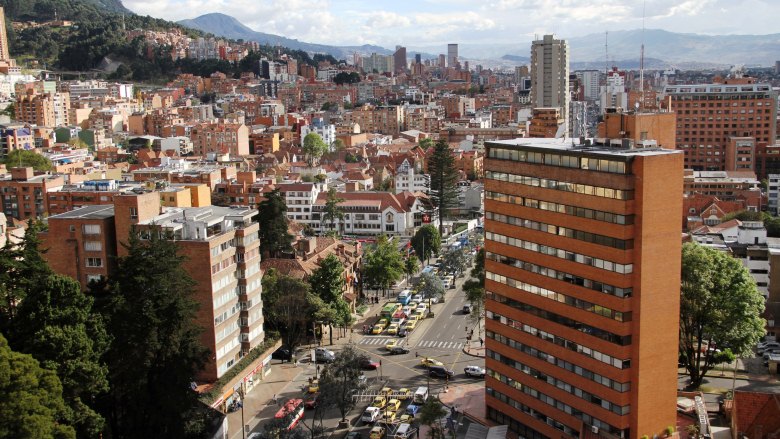From comic book superheroes to their modern Hollywood personifications, the possibility of anticipating and preventing crime has been a constant in the popular imagination.
In Minority Report, Tom Cruise predicts and prevents future crimes; in the TV show Early Edition, the main character received the newspaper with the headlines of the following day and set about to prevent the tragedies it published.
But in a new example of how life imitates art, experts from a U.S. university have developed a method that helps predict where it is most likely that a certain type of crime will be committed, according to the urban landscape.
The methodology known as Risk Terrain Modeling was developed by researchers at Rutgers University in New Jersey. It creates maps based on features of the surroundings (for example, if there are banks, schools, public transportation or supermarkets) to determine whether there is a relationship between specific infrastructure and the occurrence of certain crimes.
This innovative method is now available in Latin America. With World Bank support, preliminary studies have been carried out in Bogota to identify a formula that will enable authorities to create safer spaces and prevent crime. Risk Terrain Modeling demonstrates “interesting correlations” although the results must then be interpreted, according to World Bank Safety Specialist Andrés Villaveces.
The developers of this method agree that it is only part of the solution. “We make an assessment, identify the symptoms and then leave it to the local authorities to come up with the cure,” explains Alejandro Giménez-Santana, of Rutgers University.
Widespread inequality in the cities
The first thing the study revealed in Bogota was that socioeconomic status is reflected in the infrastructure and that this affects safety.
“Latin American cities, and Latin American countries in general, have very high inequality indices,” says Villaveces. “The way cities are built reflects this inequality. There is segregation, a very marked stratification in the cities.”
Colombia is unusual in that socioeconomic status is determined based on the physical features of the environment rather than on personal income. Villaveces says that there is a strong correlation between certain types of crime and socioeconomic levels in the Colombian capital. For example, homes in more prosperous areas are more likely to be robbed while a murder or bodily injury will more likely occur in poorer areas.
But the research went a step further. “We already know that there are more homicides in poorer areas, but why do they occur in these areas? What factors, besides poverty, are causing this?” asks Giménez-Santana.
The researchers discovered, for example, that people are more likely to suffer bodily harm near medical centers in Bogota. While the reasons for this are unclear, one hypothesis is that people near these centers are likely to buy medicine from nearby pharmacies and so are probably carrying money, which attracts criminals.
Another link identified was that theft was more common near private schools in Bogota, and that in poorer neighborhoods, the probability of a homicide increased fivefold near a Transmilenio station – the rapid bus system of the Colombian capital.
Villaveces makes it clear that this information “does not imply that the system (Transmilenio) is the problem, but rather that something is occurring nearby. This is the type of information that authorities need to design prevention and control activities.”
In other words, physical infrastructure doesn't cause crime, although it does influence its occurrence. Probabilistic data help local authorities to identify what is occurring and to try to mitigate risk factors.
In Glendale, Arizona, for example, this methodology was used to determine the increased likelihood of muggings near convenience stores. Following a police investigation, it was discovered that these stores purchase used phones without checking their origin. That practice created an incentive for stealing cellphones in the area around those stores, according to authorities.
The results of the study carried out in Bogota were recently presented to local authorities and organizations to get their feedback. A workshop was also organized to explain how the methodology works so that in the future, local authorities will be able to use it themselves to prevent crimes and reduce risk factors.

